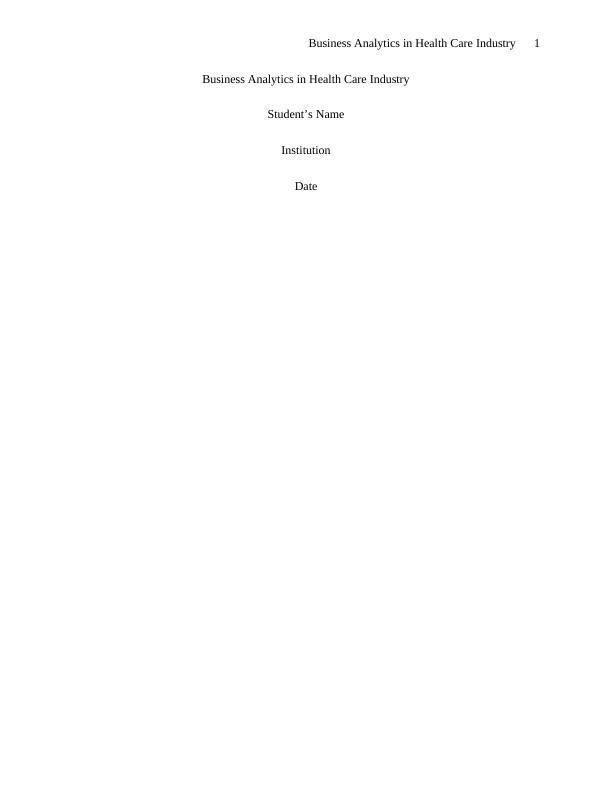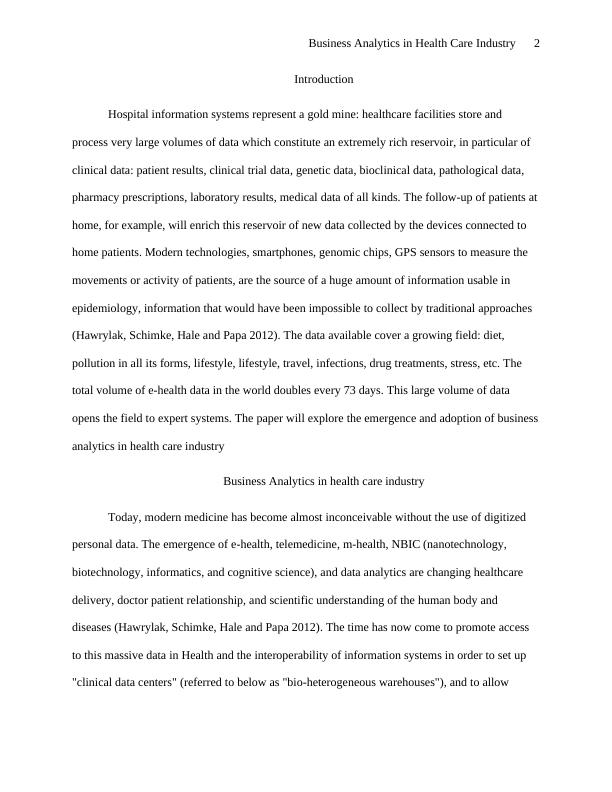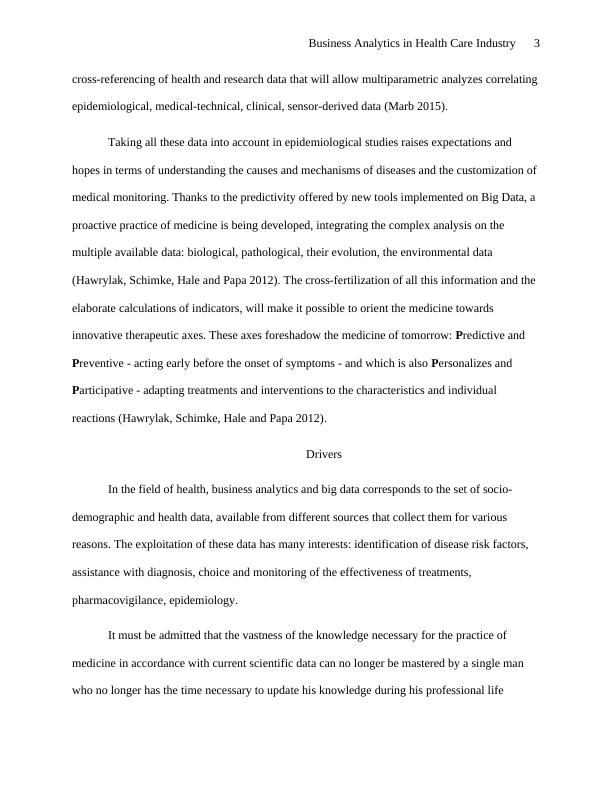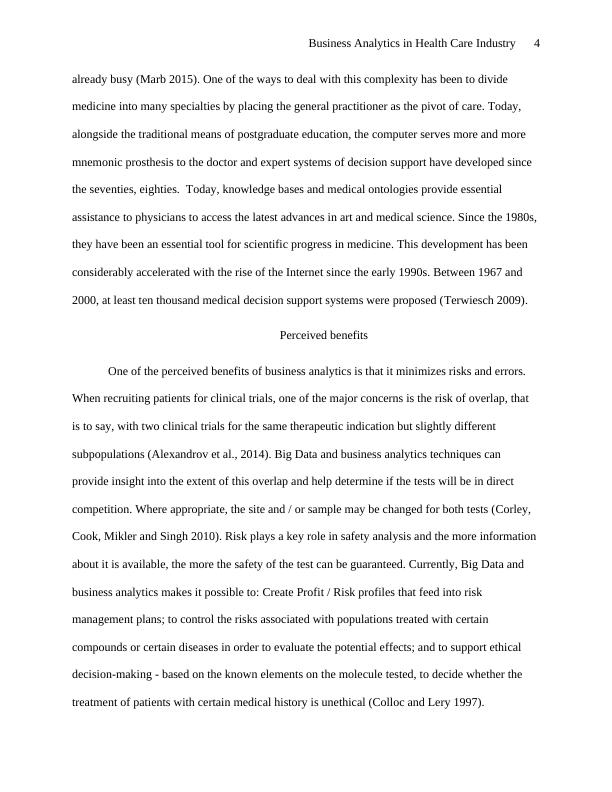Business Analytics in Health Care Industry
The assignment is a research report on the business value of analytics, focusing on the tools and techniques used to turn data into actionable information for management and decision making. It explores the indicators for implementing a business analytics strategy and popular applications of business analytics in finance.
Added on 2023-06-04
About This Document
Business Analytics in Health Care Industry
The assignment is a research report on the business value of analytics, focusing on the tools and techniques used to turn data into actionable information for management and decision making. It explores the indicators for implementing a business analytics strategy and popular applications of business analytics in finance.
Added on 2023-06-04
End of preview
Want to access all the pages? Upload your documents or become a member.




